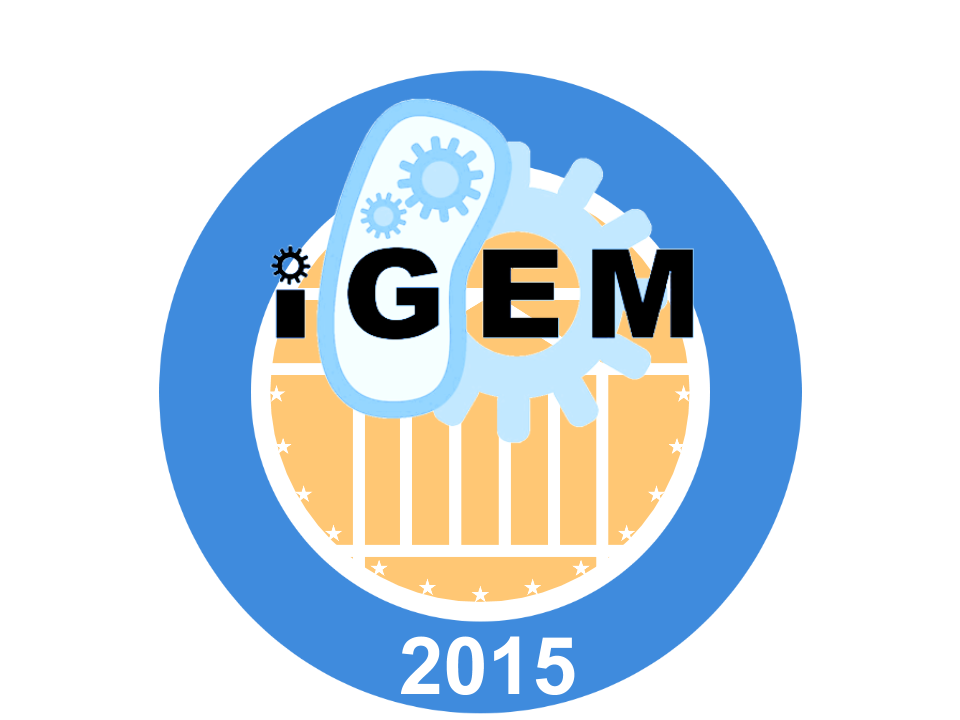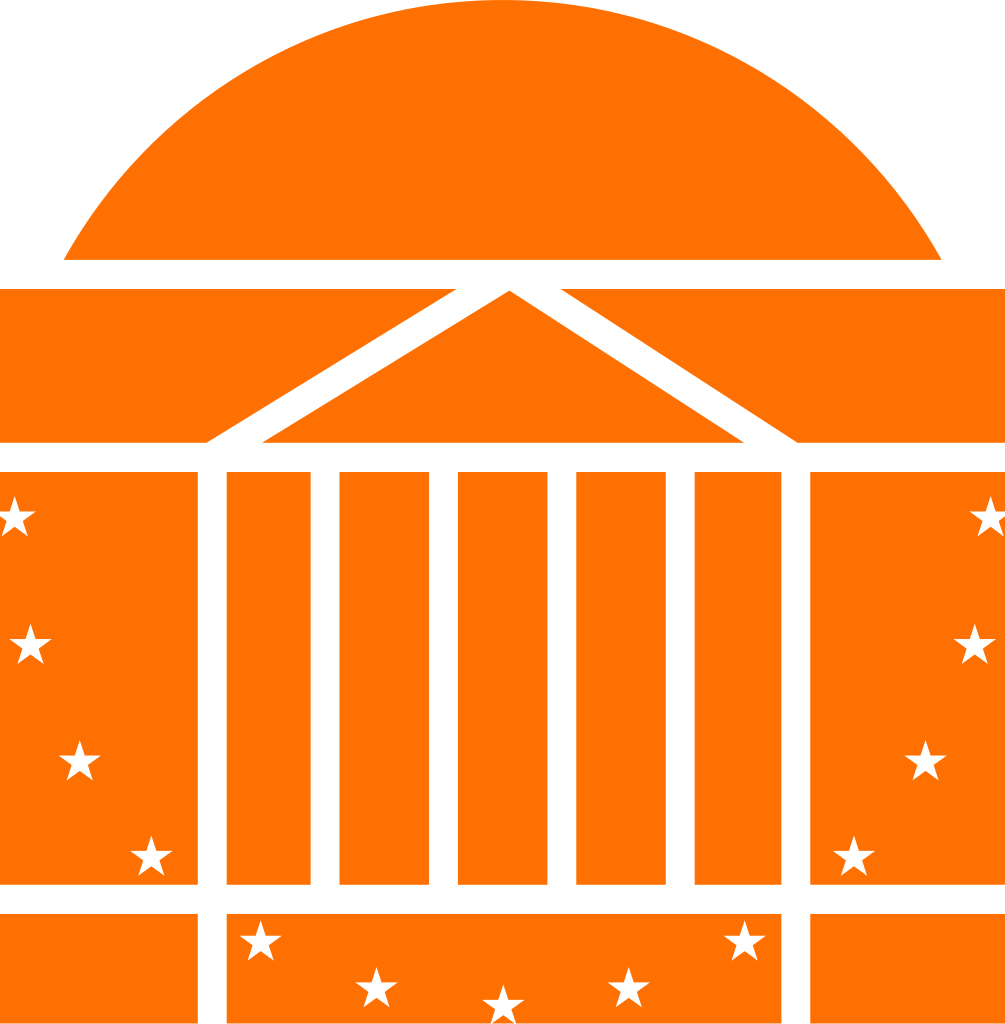Team:Virginia/Practices

Policy and Practices
(click a tab to reveal more information)
Part I: Education Pamphlet

The educational pamphlet we prepared for the human practices portion of our project is intended to educate readers about diabetes, its symptoms and treatments, and how our solution would fit into a diabetic’s lifestyle. This pamphlet, displayed below, would be a beneficial tool for both users of our product and individuals interested in diabetes.
Part II: Synthetic Biology Documentary

With so many moving parts in our synthetic biology investigation, a documentary seemed like an ideal choice to showcase what we have been doing over the summer and how this research will translate into an effect mechanism of change in the surrounding scientific community. Our documentary consists of several components, including (but not limited to) explaining diabetes, the types of diabetes, and the prevalence of diabetes in the US and globally; explaining the premises of synthetic biology, the iGEM Jamboree and spirit of competition, and our project; seeking advice of tenured professors to evaluate the legitimacy and validity of our research and its ability to partially combat diabetes; and investigating the process, primarily dictated by the FDA, of how to approve a product to be marketed to the public. This documentary saw the consultations of several highly regarded professors including Dr. Susanna Keller, Dr. Keith Kozminski, Dr. Anthony McCall, and Dr. Gil Siegel on various topics as stated previously. Furthermore, Dr. Owen Fields of the Pfizer pharmaceutical company and Dr. John Herr provided us with commentary on the processes behind traversing through FDA approval to market our probiotic to the diabetic and pre-diabetic public. We concluded the documentary with a brief, yet nonetheless accurate survey of FDA regulations of our would-be product/probiotic as well as any labeling and fast-tracking categories our product could fall under.
View our Documentary on YouTube here
Part III: Software

Once the assays have been performed to determine the levels at which Levan and glycogen are formed in the gut, we deemed it novel and necessary to develop an online/mobile application for individuals that may take our probiotic. Several diet applications exist for both Android and iOS and this application would be the final step in our product interfacing with the client (the first step being the pamphlet educating the client about diabetes and various health benefits our product can provide and the second being the documentary that showcases the process of getting the product approved by the FDA as well as several consultations with pharmaceutical companies and tenured professors as to the merits and legitimacy of our product). The application would be a rudimentary one that would require caloric input by the user and, by virtue of an algorithm derived from the results of the assays, a quantity of the product needed to be consumed to neutralize a postprandial glycemic spike would be displayed on the mobile screen.


